Books
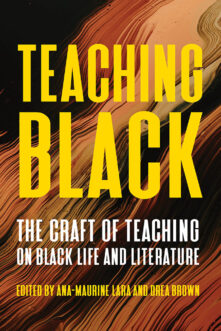
Teaching Black
The Craft of Teaching on Black Life and Literature
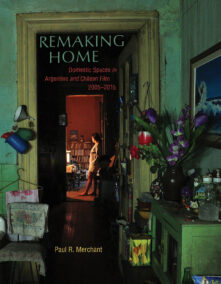
Remaking Home
Domestic Spaces in Argentine and Chilean Film, 2005-2015
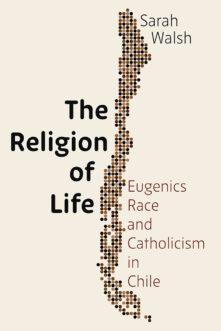
The Religion of Life
Eugenics, Race, and Catholicism in Chile

Homestead
The Households of a Mill Town
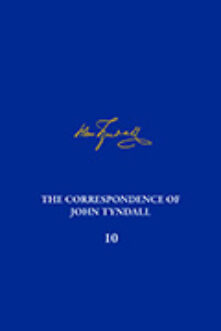
The Correspondence of John Tyndall, Volume 10
The Correspondence, January 1867–December 1868
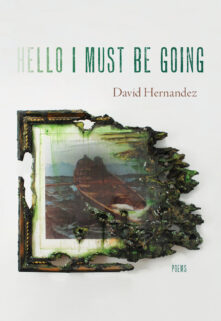
Hello I Must Be Going
Poems

Prelude
Poems

Central Air
Poems
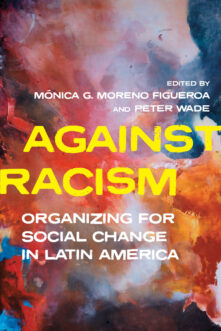
Against Racism
Organizing for Social Change in Latin America
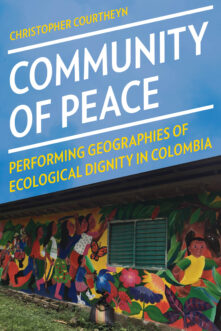
Community of Peace
Performing Geographies of Ecological Dignity in Colombia
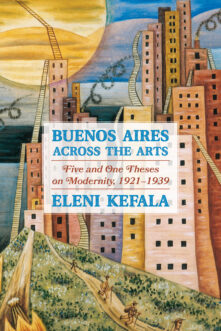
Buenos Aires Across the Arts
Five and One Theses on Modernity, 1921-1939
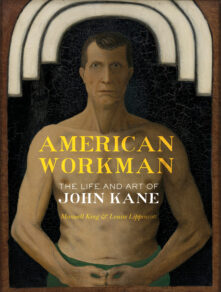
American Workman
The Life and Art of John Kane
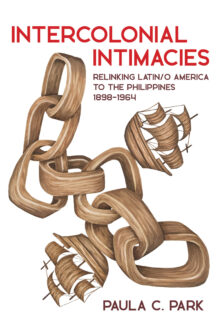
Intercolonial Intimacies
Relinking Latin/o America to the Philippines, 1898-1964
Total 1552 results found.



